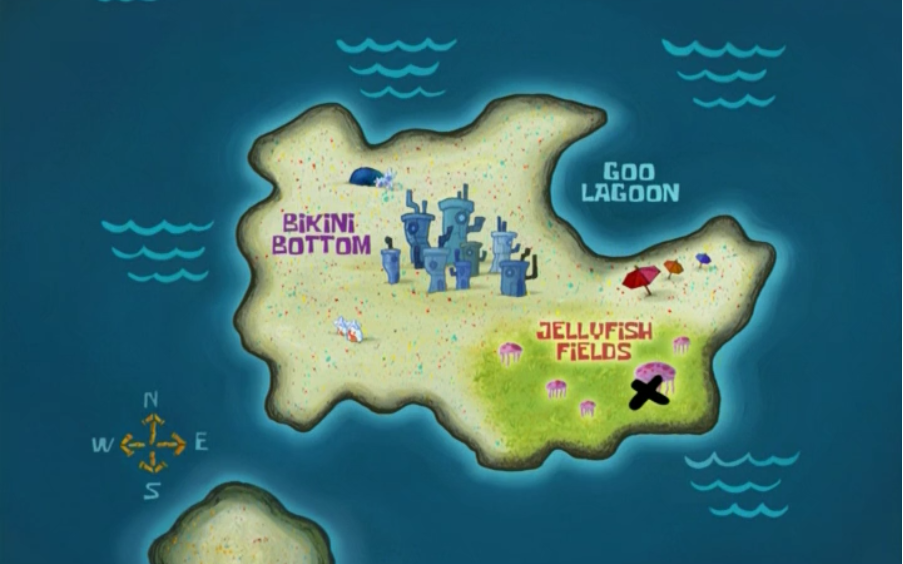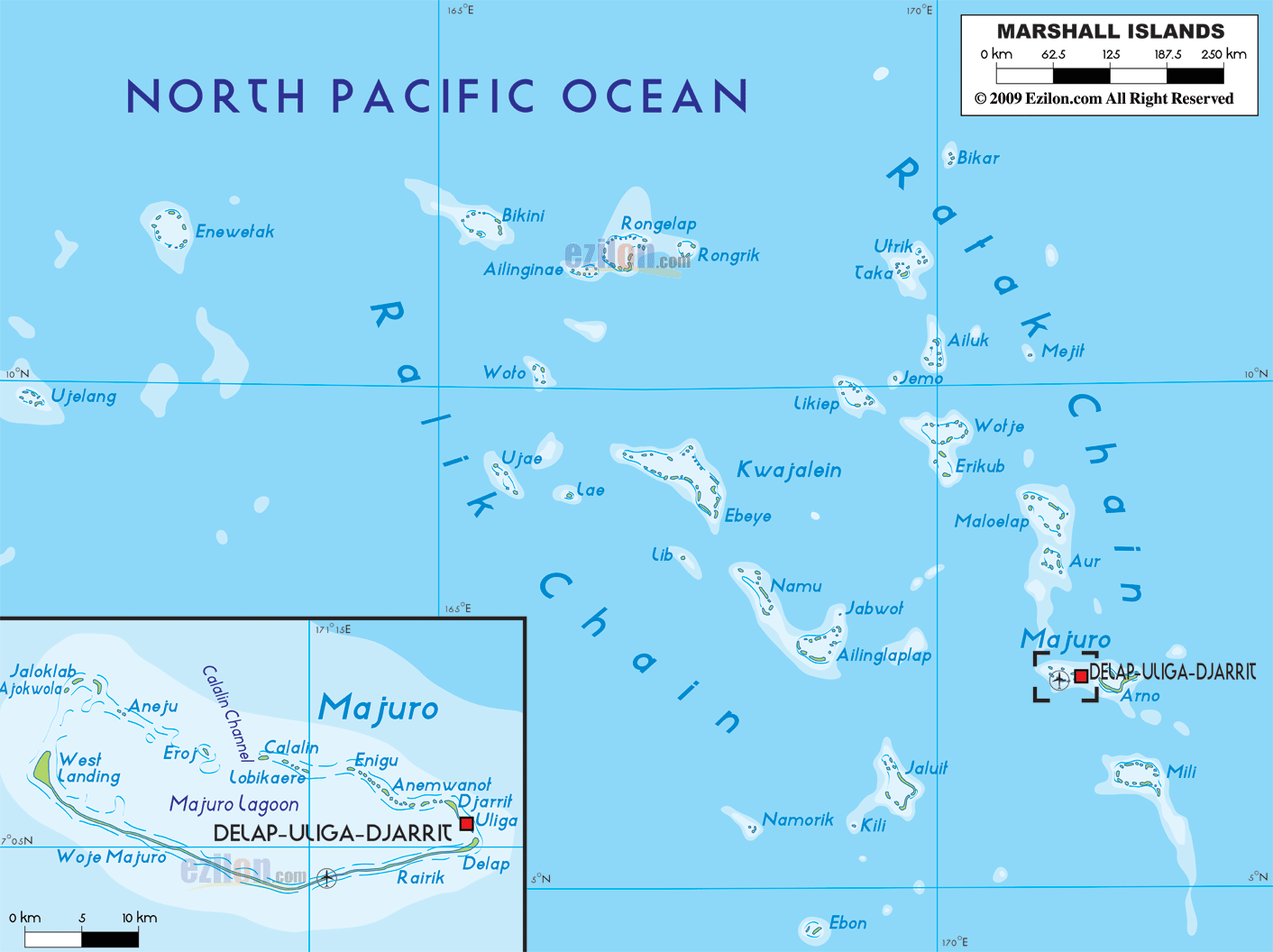

#Bikini atoll map free#
In 1982, the Marshall Islands signed a Compact of Free Association (COFA) with the US, which granted the Marshall Islands financial assistance and access to many US domestic programs in exchange for exclusive US military access and defense responsibilities the COFA entered into force in 1986 and its funding was renewed in 2003. In 2016, Hilda HEINE was the first woman elected president. In 2000, Kessai NOTE became the first commoner elected president. In 1979, the Marshall Islands drafted a constitution separate from the rest of the TTPI and declared independence under President Amata KABUA, a paramount chief. Between 19, the US resettled populations from Bikini and Enewetak Atolls and conducted 67 nuclear tests people from Ailinginae and Rongelap Atolls were also evacuated because of nuclear fallout, and all four atolls remain largely uninhabited. The Marshall Islands came under US administration as part of the Trust Territory of the Pacific Islands (TTPI) in 1947. Japan built large military bases throughout the Marshall Islands, and during World War II, the US captured the bases on Kwajalein, Enewetak, and Majuro Atolls in Operations Flintlock and Catchpole. Japan seized the Marshall Islands in 1914 and was granted a League of Nations Mandate to administer the islands in 1920. Germany established a supply station on Jaluit Atoll and bought the islands from Spain in 1884, although paramount chiefs continued to rule.

In the 1850s, US Protestant missionaries began arriving on the islands. In 1788, British sea captain John MARSHALL undertook an exploratory voyage, and the islands were mapped in the early 1800s by Russian explorers. Spain formally claimed the islands in 1592, but few other Europeans passed by the islands in the next two centuries. The traditional hierarchy continued even after contact with Europeans in the early 1500s. Society became organized under two paramount chiefs, one each for the Ratak (Sunrise) Chain and the Ralik (Sunset) Chain. The early inhabitants were skilled navigators who frequently traveled between atolls using stick charts to map the islands.

and gradually created permanent settlements on the various atolls. Humans arrived in the Marshall Islands in the first millennium B.C.


 0 kommentar(er)
0 kommentar(er)
